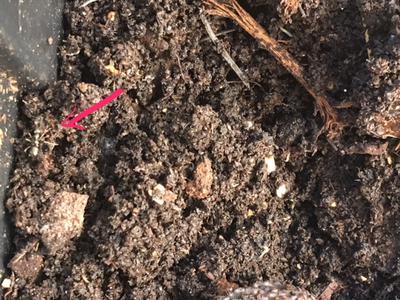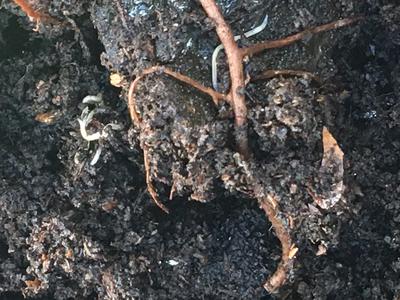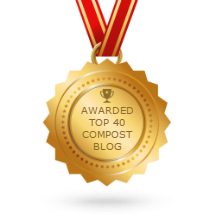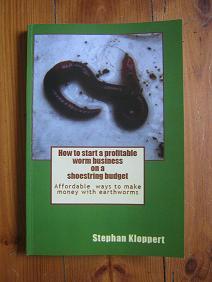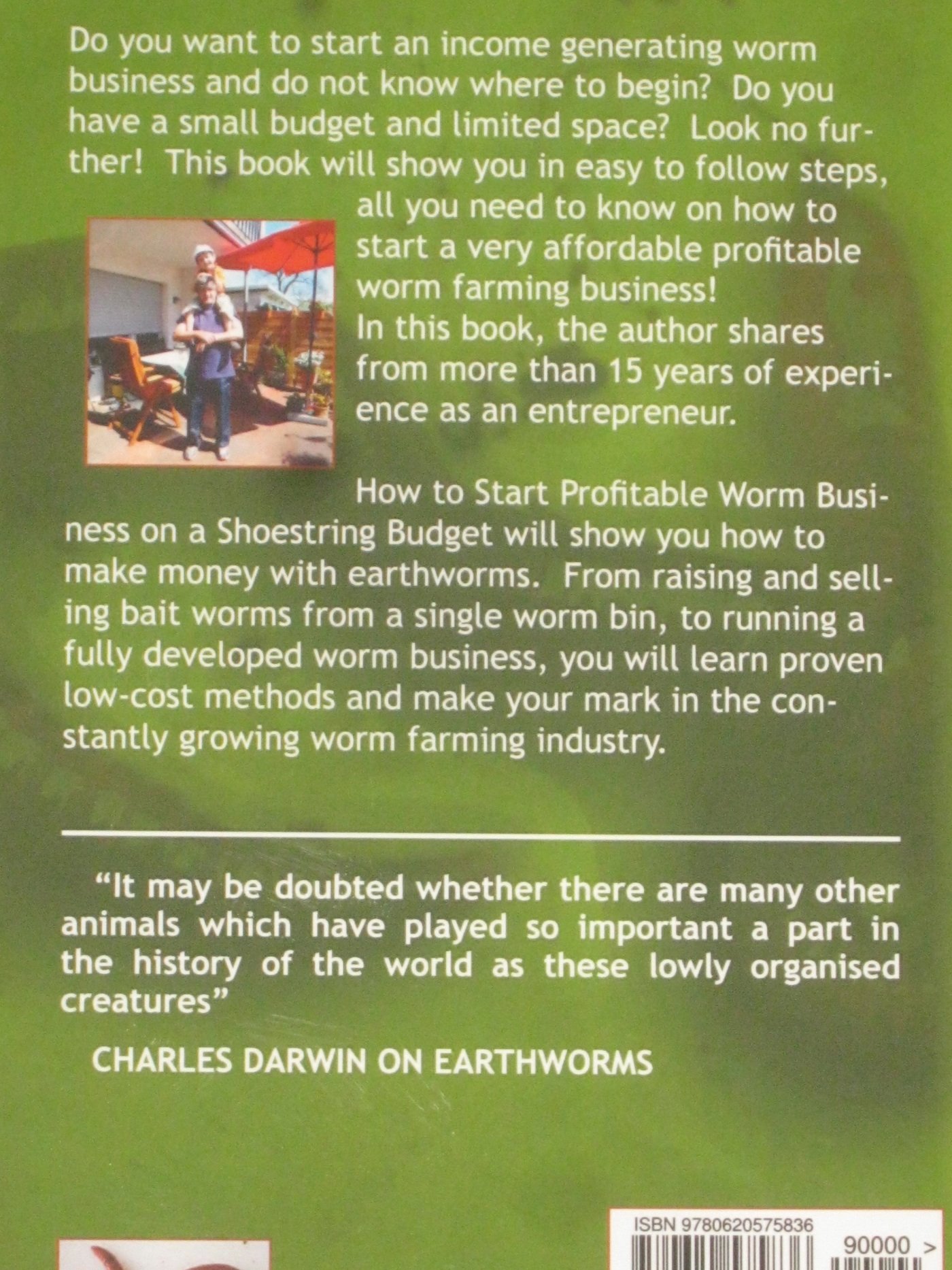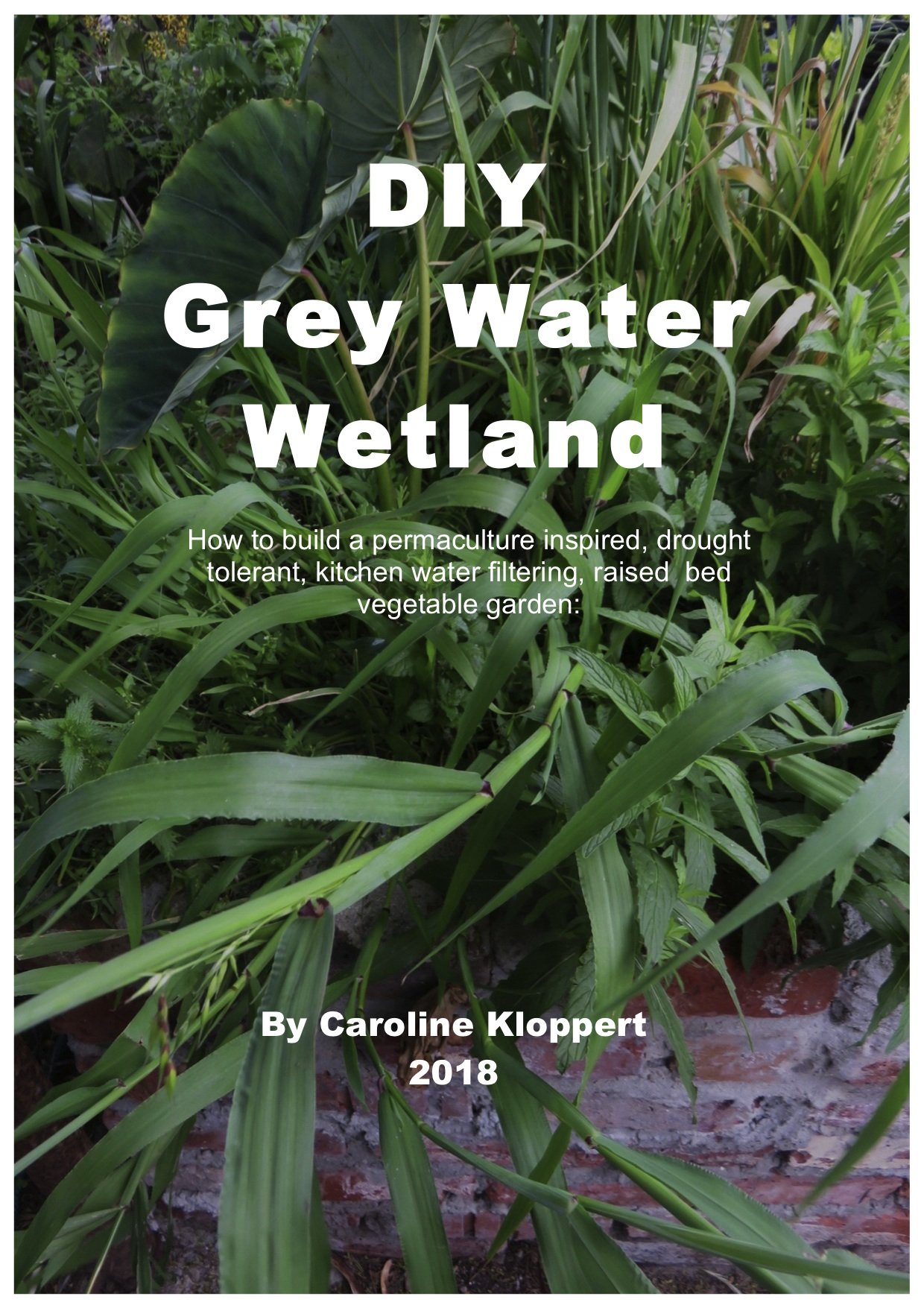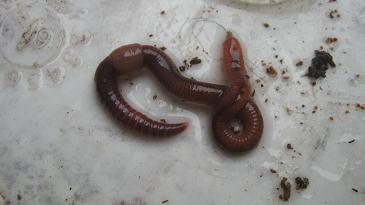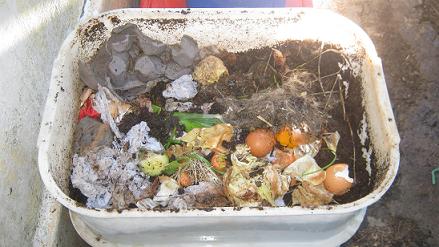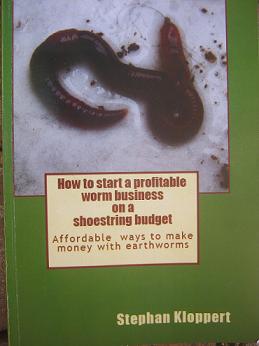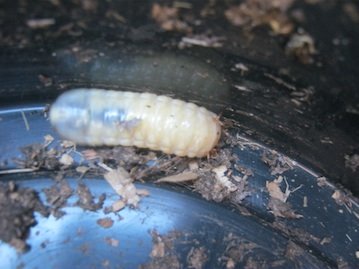Ants in my worm bin
by Janis
(Bend, OR)
We are located in central Oregon, near Bend. Local black ants just moved in, but the worms seem to be coexisting so far.
How do I increase the moisture of the worm bin safely to evict the ants but not hurt the worms? I have a LOT of baby worms. Will the ants eat them?
I tried to send pictures, but they are too big.
THANKS!
--janis
Comments for Ants in my worm bin
|
||
|
||
|
||
Photos of ants in my worm bin
by Janis
(Bend, OR)
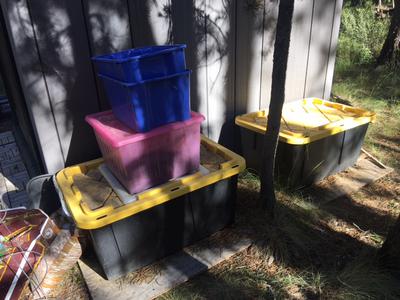
View of worm bins
This is a view of my worm bins. They both have ants, but I have not tried adding water yet.
The bin on the right is very much alive and active. The bin on the bottom left still shows no evidence of worm activity. I find that odd because they both were equally active when we left last summer. We took a gamble leaving them exposed all winter, and I was excited to see so did survive the harsh winter.
The pink bin on top is our travel bin: we took it with us in our rv. It does not have any ants.
The blue bins on the top are isolated worms in clean dirt/coffee grounds for show & tell.
Thank you for your advice!
--janis
Comments for Photos of ants in my worm bin
|
||
|
||
|
||
Search / Suchen
On SPECIAL
"How to start a profitable worm business on a shoestring budget
Order a printed copy from "Amazon" for only
$11.95
or a digital version from the "Kindle" store for only
$4.95
Prices valid till 31.12.2025
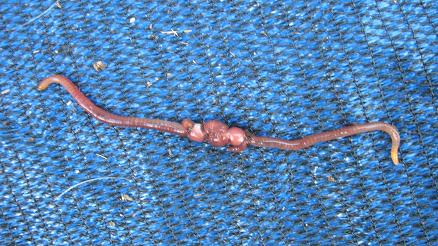
Our New Book
Order the Kindle E-book for the SPECIAL PRICE of only
$3.95
Prices valid till 31.12.2025!
